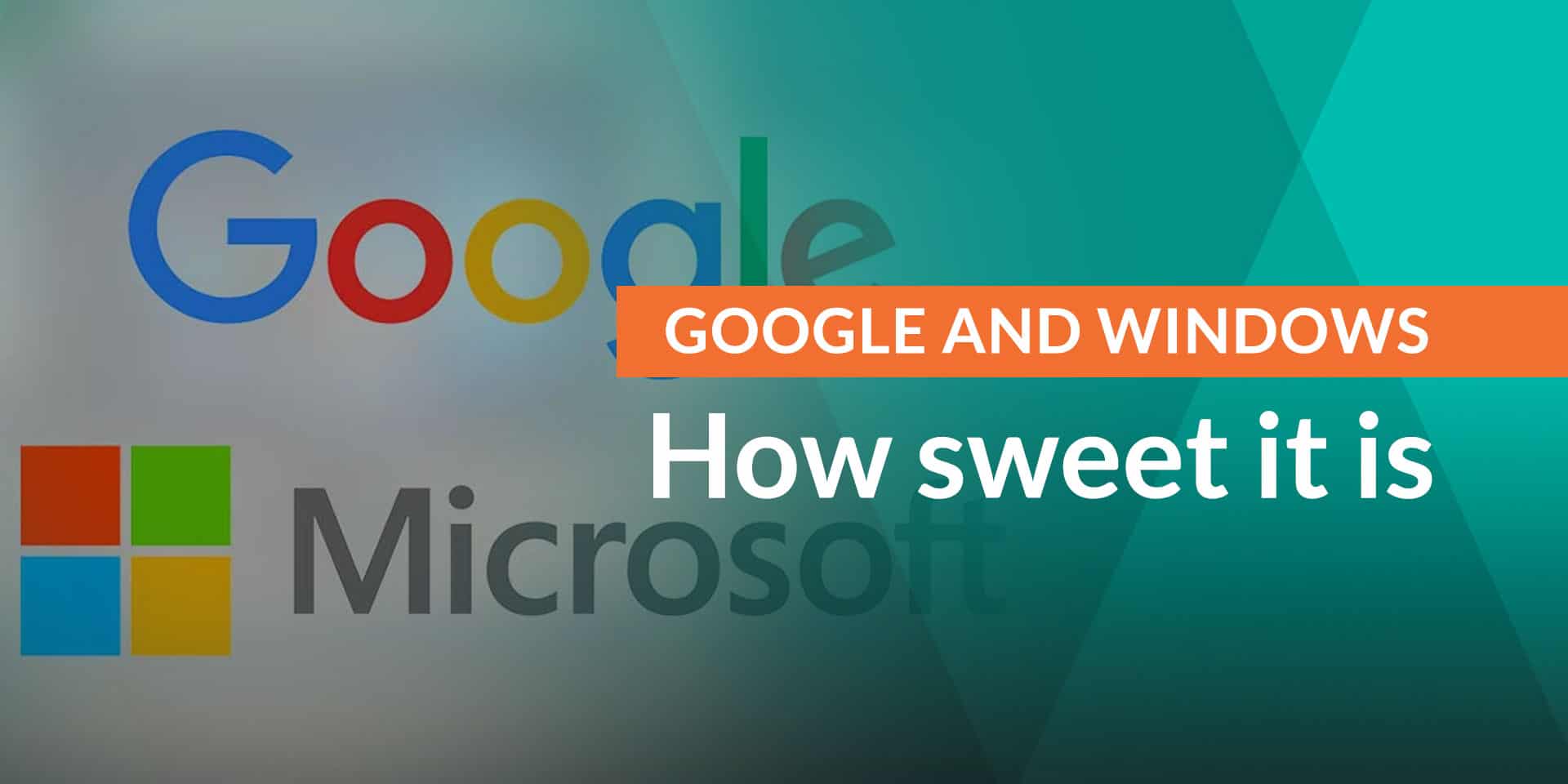Jeremy Moskowitz founded PolicyPak Software after working with hundreds of customers with the same problem they couldn’t manage their applications, browsers and operating systems using the technology they already utilized.

Google and Windows — How sweet it is
Since it’s release, Google G Suite has seen steady adoption by small and medium-sized companies. Traditionally conservative enterprises have been slower to transition, but that is changing, as market leaders like Colgate-Palmolive Co and Verizon Communications Inc recently deployed G Suite to their employees. In fact, Google now touts more than 3 million enterprise subscribers, and that number is only expected to grow.
The interest in G Suite is not surprising given its simplicity, much like that of all Google products. But with the solution comes a new set challenges as companies with Microsoft environments, now have to manage Google applications, and keep them secure from malware and other threats. Specifically, system administrators are struggling with how to manage user settings and devices, including how to mandate file associations in Windows 10 so that users can predictably access their Google apps when they access files.
So while there is no single solution to integrate Google and Microsoft, there are some options, including Google’s own Group Policy ADMX templates, available for managing Google Chrome. But they still have shortcomings for highly mobile devices and cloud environments.
In our new whitepaper, we show you how to resolve these shortcomings securely and with the predictability that users expect when addressing the management challenges that enterprises face when asking Windows and Google desktops to peacefully coexist.


